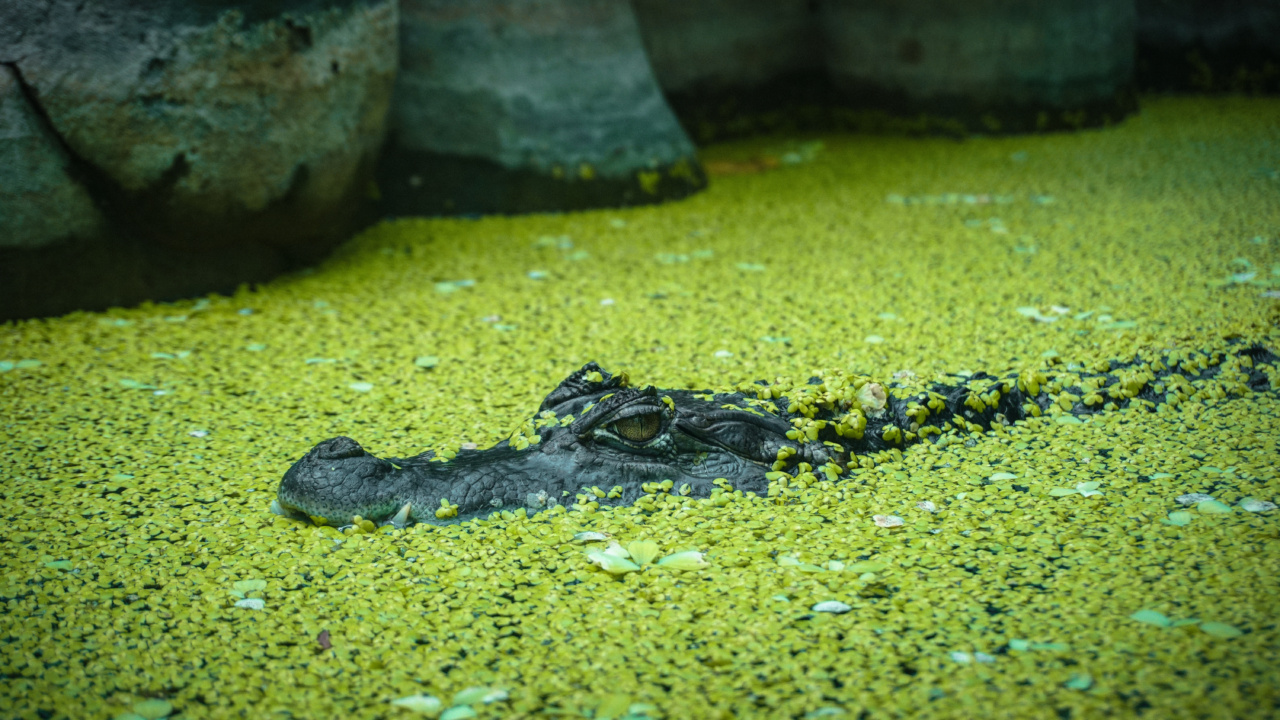Water is essential for life. It comprises more than 60% of our total body weight and is involved in many bodily functions such as regulating temperature, transporting nutrients, and flushing waste.
However, water contamination is becoming a growing concern as more and more pollutants are being discharged into our water sources. This article will explore the dangers of water contamination and its potential health risks.
What is Water Contamination?
Water contamination occurs when harmful substances, chemicals, or microorganisms enter our water sources, such as rivers, lakes, and groundwater.
These harmful substances can come from a range of sources such as industrial waste, agricultural runoff, sewage, oil spills, and even natural events like volcano eruptions and earthquakes.
The Dangers of Water Contamination
Water contamination can pose significant risks to human and animal health. Here are some of the dangers:.
1. Waterborne Diseases
Waterborne diseases are a significant risk associated with water contamination. Harmful pathogens, such as bacteria, viruses, and parasites, can contaminate our water sources and cause illnesses such as cholera, typhoid fever, and hepatitis A & E.
2. Toxic Chemicals
Chemicals, such as pesticides, herbicides, and fertilizers, can enter our water sources through agricultural runoff.
They can remain in the water for a long time and can accumulate in living organisms, leading to severe health problems, including cancer, reproductive disorders, and neurological issues.
3. Heavy Metals
Heavy metals like lead, arsenic, and mercury can enter water sources through industrial waste, landfills and sewage systems.
These metals can be highly toxic and can cause severe health problems, including damage to the central nervous system, kidney damage, and developmental disorders.
4. Radioactive Contamination
Radioactive materials like uranium and plutonium can contaminate water sources due to nuclear power plant accidents, mining operations, and the disposal of radioactive waste. These materials can cause many health problems, including cancer.
5. Algal Blooms
Algae blooms are a natural occurrence in water bodies, but they can also be caused by excessive levels of nutrients in the water, mainly phosphorus and nitrogen.
These blooms can deplete oxygen levels in the water, leading to fish kills and other aquatic life. Some algae species can also produce toxins that can cause health issues in humans and animals, including neurological and liver damage.
Health Risks of Water Contamination
Water contamination can lead to many health risks. Here are some of the most common health issues caused by water contamination:.
1. Gastrointestinal Problems
Waterborne diseases, such as cholera and giardia, can cause severe gastrointestinal problems such as diarrhea, vomiting, and abdominal pain.
These diseases can be particularly dangerous for young children and the elderly, who can become dehydrated quickly if they contract an illness.
2. Neurological Disorders
Chemical contamination, such as lead, has been linked to neurodevelopmental problems in children.
Exposure to lead at a young age can result in cognitive and behavioral problems, such as lowered IQ, attention-deficit hyperactivity disorder (ADHD), and learning disabilities.
3. Kidney Damage
Heavy metals like cadmium and mercury can damage the kidneys, leading to chronic kidney disease. Long-term exposure to heavy metals can also cause high blood pressure and heart disease.
4. Cancer
Many chemicals and radioactive materials found in water sources are known carcinogens. Exposure to these substances can increase the risk of several types of cancer, including bladder, kidney, liver, and lung cancer.
What Can We Do to Prevent Water Contamination?
Preventing water contamination is essential for protecting our health and the environment. Here are some steps we can take to prevent water contamination:.
1. Proper Disposal of Hazardous Waste
Hazardous waste, such as chemicals, paints, and batteries, should be disposed of correctly to prevent them from entering our water systems. Companies should also follow proper protocols in disposing of industrial waste.
2. Use of Environmentally-Friendly Products
Choosing environmentally-friendly products reduces the amount of harmful chemicals that end up in our water sources.
3. Proper Maintenance of Septic Systems
Septic systems should be regularly maintained to prevent sewage from seeping into the groundwater.
4. Proper Storage and Disposal of Pet Waste
Pet waste should be properly collected and disposed of to prevent it from entering water sources.
5. Reducing Runoff
Reducing runoff from agricultural and urban areas can significantly decrease the amount of harmful pollutants that end up in our water sources.
Conclusion
Water contamination poses a significant risk to human and animal health. The dangers of water contamination include waterborne diseases, toxic chemicals, heavy metals, radioactive contamination, and algal blooms.
Exposure to these contaminants can lead to a range of health problems, including gastrointestinal problems, neurological disorders, kidney damage, and cancer. Taking steps to prevent water contamination, such as proper disposal of hazardous waste and reducing runoff, is essential to ensure we have safe, clean water for generations to come.






























